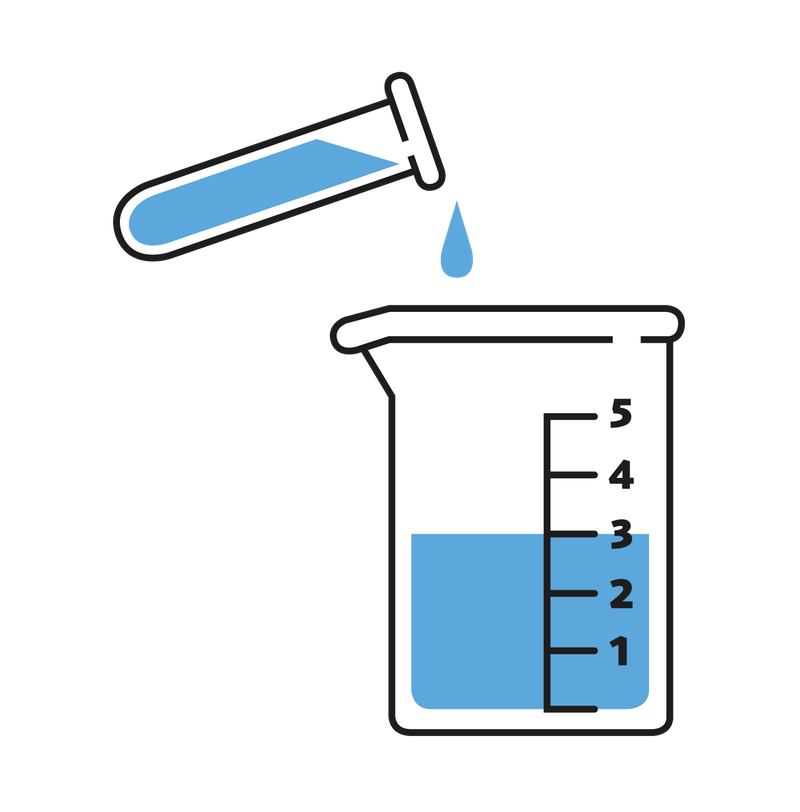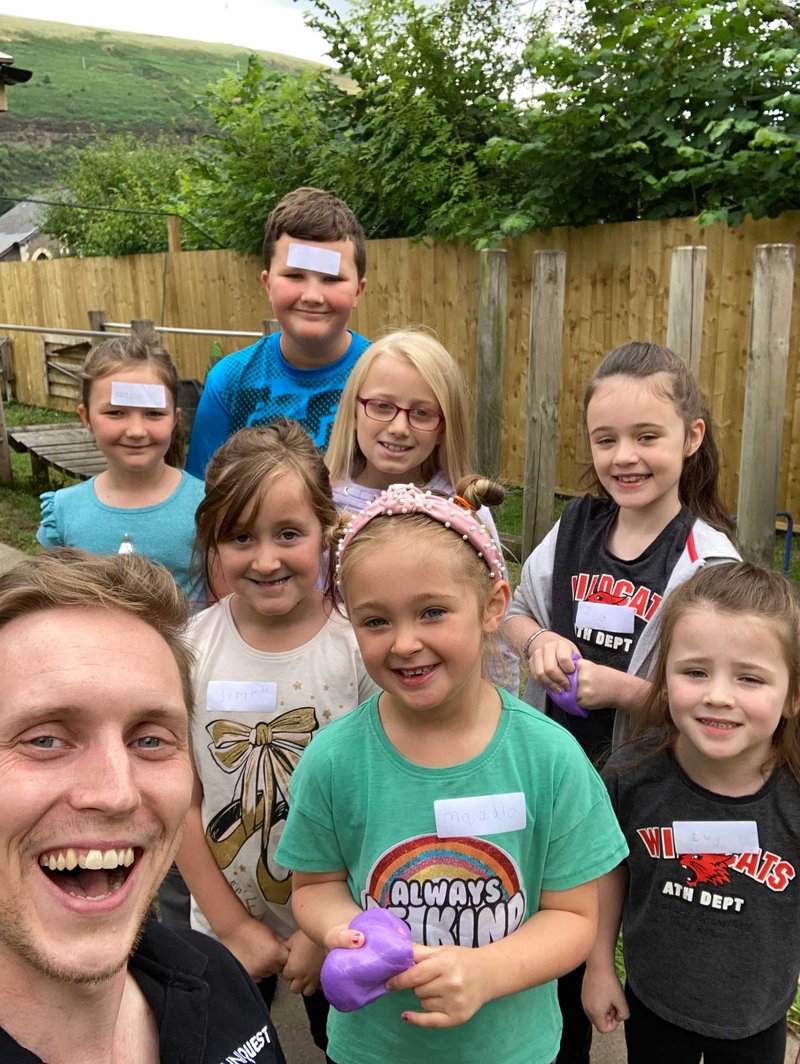Techniquest Cardiff
Techniquest Cardiff partnered with a number of charities, Valley Kids, Women Connect First, ACE Cardiff and The Summer of Smiles.
Who did you work with?
Valley Kids – A charity based in Porth, a deprived area of Wales and it surrounding locale to provide access for children to new experiences and support.
Women Connect First – A Christy that supports black and minority ethnic women. Over holidays they also provide access for the children of these women to clubs and support.
ACE Cardiff – A charity based in the economically and diverse ward of Butetown in Cardiff. They are a homework support club looking to expand their remit.
The Summer of Smiles – A Cardiff Council initiative to support children from deprived areas with food and extra curricular learning opportunities after COVID has derailed their learning. We worked with two schools through The Summer of Smiles.
" I Just wanted to say a massive thank you for the wonderful sessions. I know our families thoroughly enjoyed it! I hope Valleys Kids and Techniquest can work together again in the near future."
Partner – Valley Kids
Had you worked together before?
We had worked with Women connect first, however it had not provided much in the way of long term relationships. The other organisations were new.
What goals, values or priorities did you share with your partner that meant you worked well together?
The desire to bring fun STEM activities to people who otherwise may struggle to reach science centres like Techniquest. With each group there was a desire to involve science but not have it feel like a school experience. Rather the aim was always positive reinforcement of learning and giving the kids new experiences that they were interested in.
Can you summarise the aims of your project delivery in 2(ish) sentences?
To reach new organisations and offer them engaging STEM based workshops. To use this initial contact to form stronger bonds that we can use to create more long lasting partnerships to better engage with local communities.

How co-produced was your programme?
- Information shared (the offer is decided and provided by you as the lead partner and people join to hear information)
- Consultation (the community partner/participants choose from a range of options, involving listening, feedback and discussion, but broader project objectives and delivery are led by you)
- Deciding together (community partners/participants support the creation and design phase, bringing new options and joint decision-making. Delivery and evaluation/reporting is led by you as the lead partner)
- Acting together (involvement of community partner/participant at each stage - from the planning and design, to the delivery and evaluation – with shared decision-making that forms a partnership to carry out the full programme)
- Supporting independent community interest (supporting partner agency, including offered funding, advice, and support to develop the independent ideas and agendas of the community partner).
“What my favourite thing was all of it. Thank you for having me.”
Child – Valley Kids
Can you note down some of the benefits and challenges to working this way?
When we first got in contact with each group there was no prior relationship. There was very little in a way of understanding from the partners of what Techniquest really did other than, a building in Cardiff that does science and we had no way of knowing what each group would want or need. Initial conversations we often focused on what Techniquest could offer and ideas of workshops that people might find interesting were thrown out so the partners could pick and choose what seemed best to them.
After the first session it became easier to discuss further topics and what would be interesting as a relationship had begun to form. As it was a single person delivering every workshop it could be a very real experience of asking “What should I bring next time?” and the community seeing that come true.
However, it cant be ignored that this approach does not really incorporate science into peoples lives nor give them much agency over what is happening. Just as there were some workshops with excellent turnouts there were ones with very poor turnout. It often acted as an activity to do over the summer rather than a project that was a meaningful part of lives.
What was the science link?
Each workshop focused on a different scientific topic, often around space and encouraged exploration of that topic and conversations around it such as why we might get different results when doing experiments.
What happened?
During my second session at St Mellons primary school I asked what topics the kids wanted to look at next time I came back. I had a list of options and we ended up choosing to build mars landers and drop eggs in them. However, a few of them wanted to talk about black holes. The whole class was drawn into this conversation as kids put forward ideas and concepts about black holes and what happens in them. I was told to bring stuff about black holes.
The next time I did as told and brought along things to talk about black holes and time dilation. The level of self directed learning and delving into topics they wanted was fantastic and we had a really good conversation about the nature of black holes and what might happen if we fell into one. Everyone was engaged and curious and fascinated by this topic, they were happy and confident in putting forward ideas and concepts and learning not just from me, but each other.
What challenges might lie in wait for someone wanting to replicate this project?
This project was treated as a scattershot approach. We went to lots of organisations looking for partners and what was taken out was a wide variety of things for the kids to interact with. Though if a person has access to a wide variety of equipment it would be very difficult at all.
The biggest challenge was pulling together workshops with only a day or two’s notice at times on specific themes or changing out things and being flexible with it.
Were there any surprises?
Due to the nature of the project, running workshops, there wasn’t much opportunity for it to change and surprise. I went in knowing that I might have to improvise workshops.

How did you capture/measure the impact for this project?
With three interactions for each group, each followed a similar path. Although some customisation for each group was tried, there wasn’t much to go on from partners.
Session 1 always ended with everyone ranking how much they enjoyed science and how good they felt they were at science on a 1 – 4 scale. This was often drawing pictures on post-it notes (adults and children using different colour notes) and writing a number on the back before posting it into an opaque box or covering.
Session 2 used Alien emoji’s from Oxford science centre. This asked them to colour in their feelings:
- welcome
- frustrated
- science
- is for me
- interested
- left -out
- excited
- not-for-me
- bored
And rate how inspired and how welcome they felt. Session 3 asked the same questions as session 1. This time using sticky dots on a large piece of paper with grid drawn on. Towards the end of each session I would also often talk to people involved to ask them what they thought and what the enjoyed or didn’t enjoy it.
“I like science now”
Child – Pencaerau Primary School (The Summer of Smiles)
Where is the long-term change?
We have managed to continue working relationships with Valley Kids. I have taken out more projects that we are running to them such as operation Earth and hopefully in the new year will be taking a James Webb Space Telescope project out to them. Awareness that Techniquest can be a resource for them to use has been the biggest factor.
This project has in general allowed Techniquest to be known in more deprived areas as a potential resource. I receive a lot of requests for working partnerships with groups across south wales.
Please see below the Evaluation Report: Relationship + Engagement = Impact, Lessons learned from the evaluation of Explore Your Universe 4 written by Jen DeWitt.
